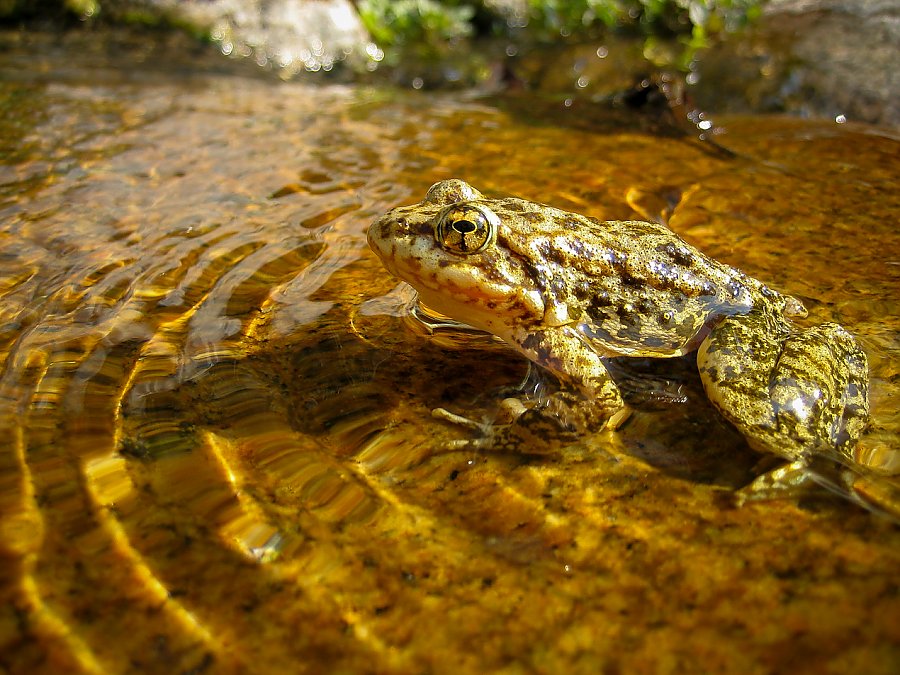
Ralphs
Discount tickets available at Ralphs for a limited time
Leaping into conservation efforts to aid in the recovery of mountain yellow-legged frogs, the Aquarium of the Pacific built a lab space to care for this critically endangered amphibian native to California’s mountain regions.

Mountain yellow-legged frog Credit: U.S. Geological Survey
Leaping into conservation efforts to aid in the recovery of mountain yellow-legged frogs (Rana muscosa), the Aquarium of the Pacific built a lab space in 2021 to care for this critically endangered amphibian native to California’s mountain regions. The Aquarium will be working on this effort with government institutions like the United States Geological Survey (USGS), state institutions like the California Department of Fish and Wildlife (CDFW), and other zoological institutions within the Association of Zoos and Aquariums.
Wildfires in recent years have damaged the habitats that the mountain yellow-legged frogs depend on in the San Gabriel, San Bernardino, and San Jacinto Mountains. With the looming rain season approaching after the wildfires, government and state wildlife agencies went into these scorched areas in November 2020 to save the remaining mountain yellow-legged frogs. It was a race to find these elusive animals before the rain came and brought mud into the streams. The agencies then scrambled to find local institutions to help provide a home to the animals and their eggs. A facility like the one built at the Aquarium is a second step to ensure populations of the mountain yellow-legged frog can recover. We anticipate being able to accept these animals sometime in 2021.
This frog’s ideal habitat is in cool streams at about 45 to 55 degrees Fahrenheit (7.2 to 12.7 degrees Celsius). This is one of the many considerations for the facility at the Aquarium to ensure the best possible care. There is also a risk of biocontamination with a chytrid fungus that can cause a threatening disease for frogs. The fungus causes the frog’s skin tissue to become leathery, preventing the frogs from breathing through their skin. One of the stricter requirements in housing these animals is that the staff that will be caring for these yellow-legged frogs cannot also care for the other amphibians at the Aquarium. This has led to training staff in other roles to help care for our amphibians.
Through our efforts, the hope is that the frogs raised at the Aquarium can be released back into their natural habitat in the local mountain ranges once these areas have recovered from the fires.

Discount tickets available at Ralphs for a limited time